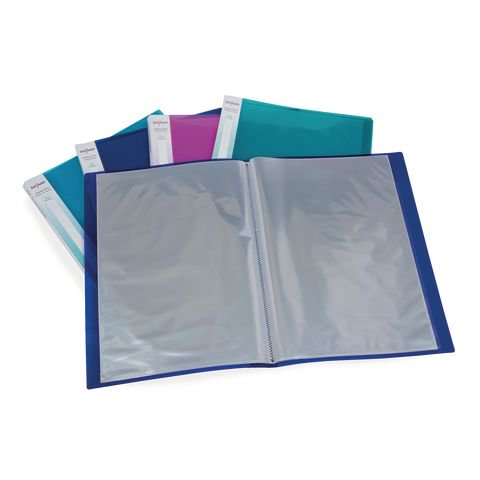In today's aluminum industry, many plants in China use open roasting furnaces for calcination, typically operating with a 48-hour flame shift cycle across 6 or 7 chambers. While this method has proven effective, it comes with certain limitations. After the baking process is complete, the oven curve must be transitioned from a 48-hour to a 36-hour cycle, and the operation must shift from 6 or 7 chambers to 5. This conversion is time-consuming and complex, often requiring either a transition curve method or a hysteresis shift approach.
To address these challenges, we have analyzed both domestic and international practices in open roasting. Leveraging the advanced combustion control system from our imported SETARAM equipment and the unique use of domestic fuel gas, we proposed an innovative solution: a roaster that operates with a 36-hour flame shift cycle and an 8-chamber system. This new process not only meets the required heating rates but also simplifies the transition from the oven curve to the normal production curve, making the entire process more efficient.
The specific oven used in the roaster is a load-bearing design, featuring two flame systems and an 8-chamber configuration. The process begins with ignition in chamber 23, where three chambers are connected in series at the start. As the temperature increases, a fourth chamber is added after each flame shift cycle, gradually expanding the system until all eight chambers are active. Previously, the furnace movement involved only shifting the exhaust frame forward, but now the process is more controlled and systematic.
The heating curve for this oven spans 288 hours, with a 36-hour interval between flame shifts. During this time, the temperature rises for 36 hours, followed by a cooling phase lasting 432 hours. This extended cooling period ensures a stable and even thermal distribution throughout the system.
Process analysis revealed several key factors affecting performance. Controlling the negative pressure at the nozzle during ignition is crucial, as is maintaining a balanced airflow between the side and middle fire passages. In the 800°C insulation section, the oven curve was not well controlled, leading to fluctuations in the fire channel temperature. Additionally, a significant temperature difference was observed between the upper and lower parts of the fire channels, especially in medium-temperature furnaces, where the variation reached up to 100°C. In contrast, low-temperature furnaces showed smaller differences, around 50–60°C, which is directly related to the amount of flue gas present.
After 12 days of heating and 18 days of cooling, the furnace chambers were inspected. The fire walls remained intact, with no signs of bulging, cracking, or material loss. Some minor expansion was noted in the side bins and outer walls, but the overall structure remained stable. The top cover arch in chamber 9 was measured to ensure no structural sinking occurred, and the results confirmed that the furnace body followed the expected thermal expansion pattern of refractory materials.
This oven uses natural gas as fuel, offering a cleaner and more efficient alternative. During the trial production, a 3-hour oven curve with a 36-hour flame shift cycle was implemented. Before ignition, two closed chambers were filled with filler material, followed by the loading of anode carbon blocks. The load-bearing design minimized negative pressure losses, preventing deformation of the furnace walls and allowing simultaneous oven and production operations, significantly reducing energy consumption.
After the baking process, the transition from the 288-hour oven curve to the 180-hour production curve was smooth, with only one chamber lost every two flame shifts. Within six cycles (nine days), the system moved from 8 to 5 chambers. The temperature rise remained stable throughout the process, ensuring the quality of the baked anode carbon blocks was unaffected.
Component density, calorific value, ash content, pseudo-specific gravity, specific gravity, resistance strength, and other properties of the carbon blocks were evaluated. All met the required standards, and the produced anode blocks were successfully used for electrolytic baking.
In conclusion, the 36-hour flame shift cycle with a 288-hour oven curve proved simple and efficient. The transition to the normal production curve was smooth and stable, without affecting the quality of the anode carbon blocks. Operating the oven alongside production improved both efficiency and energy savings. The heating rate of 8°C/h ensured the structural integrity of the furnace. Finally, the physical and chemical properties of the anode blocks met the necessary requirements, confirming the success of the trial production.
A stationery item used to protect documents.Inside pages are typically 20, 30, 40, 50 pages, with single pockets and double pockets.The size of the brochure is generally A4, but also B5.Cover is generally PP, plus a variety of printing patterns.There is a built-in information card in the middle, which can be handwritten notes.General use in schools and offices

Display Books,Plastic Display Book,Solid Cover Display Book,Display Clear Book
shaoxing chaofeng stationery manufacturing CO.,LTD. , https://www.chaofengstationery.com